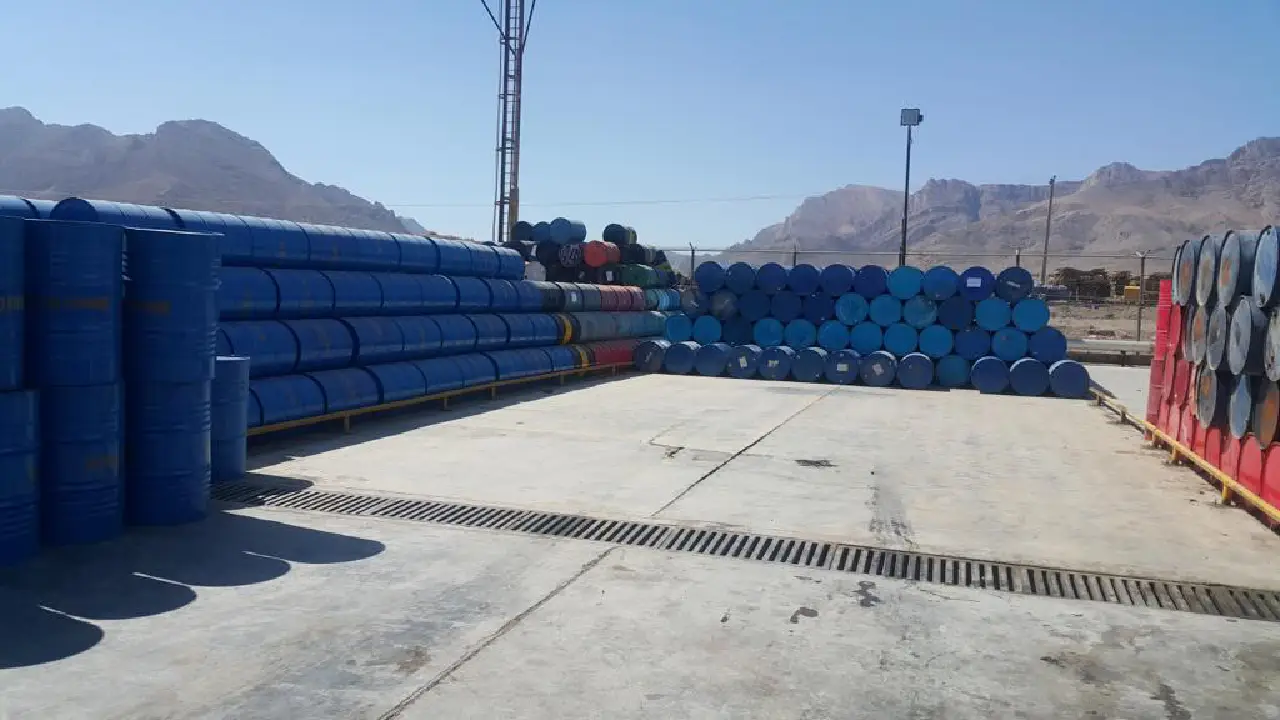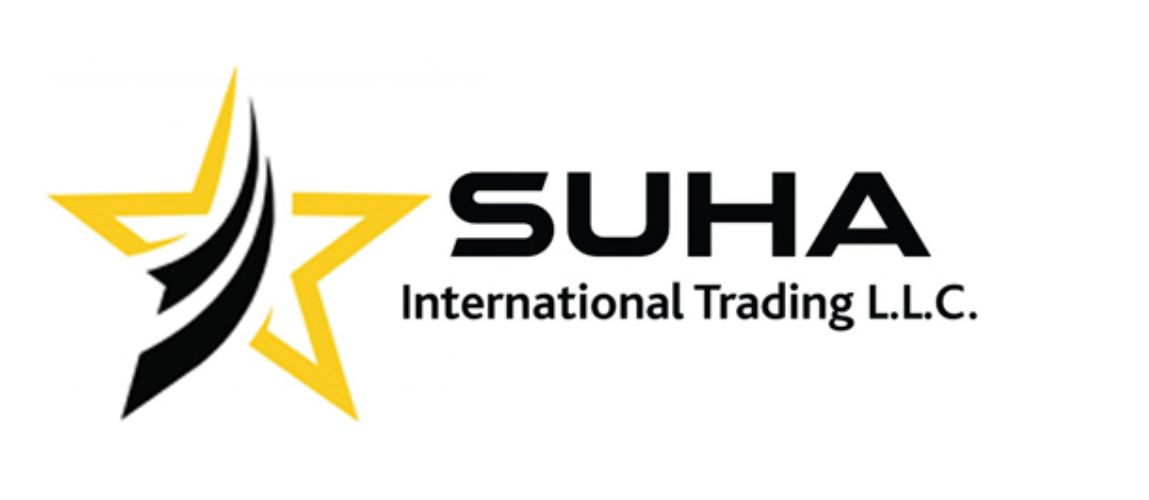Supplier of Monoethanolamine-MEA From Turkey and Dubai UAE

Descriptions of Monoethanolamine (MEA)
When your gas treatment unit demands consistent absorption or your surfactant line needs reliable alkalinity, generic chemicals create expensive problems. That’s why we’ve spent years refining our Monoethanolamine supply chain—so you get the same high-reactivity MEA batch after batch, with the documentation and support that keeps your operations moving.
Monoethanolamine (MEA) is our core product for good reason. CAS 141-43-5. Formula C₂H₇NO. A clear, hygroscopic liquid that doesn’t let you down when CO₂ removal rates matter or when you’re synthesizing corrosion inhibitors under tight deadlines. We keep it simple: you tell us your application, we deliver the grade that fits—not the other way around.
The Specifications That Actually Matter in the Field
Let’s cut through the datasheet clutter. Here are the numbers our quality control team checks three times before any shipment leaves our facility:
Core Properties:
-
Appearance: Clear, colorless liquid—no haziness, no surprises
-
Purity: 99.0% minimum (we’re typically running 99.3-99.6%)
-
Water content: ≤0.2% (critical for gas treating where moisture competes with CO₂)
-
Iron & chloride: ≤0.5 ppm Fe, ≤1 ppm Cl- (our gas treatment customers specifically ask for this)
-
Density at 20°C: 1.017–1.019 g/cm³—stays predictable for metering pumps
-
pH (10% solution): 11.5–12.0—gives you that working alkalinity right out of the barrel
-
Flash point: 61°C closed cup—important for your safety planning
-
Freezing point: 10°C—know this when winterizing storage tanks
We include a Certificate of Analysis with every batch. Not because it’s required, but because we’ve been in your shoes, wondering if a spec drift is causing process issues.
Application and most important uses of MEA
We don’t just move drums—we solve specific headaches. Here’s what we ship daily:
Gas Sweetening Units
Your amine unit is only as good as your MEA’s absorption capacity. Our iron-free grade prevents premature degradation and foaming. Most operators blend it at a 15-20% concentration in their circulating systems. When the gas spec tightens, you need Monoethanolamine that holds its load cycle after cycle.
Surfactant Manufacturing
When you’re reacting MEA with fatty acids to build amides, reaction consistency is everything. Our low-water grade prevents side reactions and gives you a cleaner conversion to ethanolamides. The foam stability do you need in detergents? That starts with predictable MEA quality.
Corrosion Inhibition Programs
Down-hole oilfield applications don’t forgive impurities. We supply MEA that meets your water treatment formulations without introducing contaminants that could scale or pit your infrastructure. Boiler systems, cooling loops, pipeline batches—same standard.
Chemical Synthesis
Building chelates or agrochemical intermediates? Our technical grade gives you the reactivity for ethylation reactions without the premium price of pharma-grade material, which you don’t need.
Personal Care & pH Adjustment
Yes, we supply the same Monoethanolamine for shampoo pH control and lotion emulsification. We keep a separate inventory with additional purity verification for cosmetic applications. Different documentation package, same batch consistency.
Concrete & Cement Grinding
This one’s grown on us. MEA, as a grinding aid, helps you hit strength targets faster. We now stock specific packaging for ready-mix operations—fewer drum changes, less handling.
Textile & Wood Treatment
Sulfur absorption in textile baths and wood treatment formulations requires reliable alkalinity. Our MEA ships in coated drums that prevent any metal contamination that could discolor your final product.
Electronics Solvent Applications
Ultra-low metal content for wafer cleaning and photoresist stripping. We can certify down to ppb levels if your process demands it.
MEA vs DEA: Which Amine Actually Fits Your Operation?
If you’re running a gas treatment unit, you’ve probably debated this. Here’s the straight comparison from someone who supplies both:
The Real-World Difference
Both are ethanolamines, but they perform differently when it comes to your bottom line. Monoethanolamine is the workhorse for CO₂-heavy streams—it reacts faster and has a lower molecular weight, so you circulate less weight for the same acid gas removal. Diethanolamine (DEA) shines with H₂S-selective removal and offers better capacity, but it’s slower and more prone to degradation in high-CO₂ service.
What Our Customers Actually See
-
Corrosion: MEA runs hotter and more corrosive, especially in rich solution. DEA is gentler on equipment but can form problematic degradation products that foul reboilers.
-
Degradation: DEA breaks down into tougher-to-remove byproducts (like BHEEP). MEA degrades too, but the byproducts are more manageable with standard reclaiming.
-
Cost: MEA typically costs 10-15% less per ton than DEA. When you’re circulating thousands of gallons, that adds up.
-
Energy: MEA’s higher regeneration temperature means higher reboiler duty. But its faster kinetics often let you use lower circulation rates, which can offset the heat penalty.
Quick Reference Table:
| Factor | MEA (Our Grade) | DEA |
|---|---|---|
| CO₂ Capacity | Excellent | Good |
| H₂S Selectivity | Fair | Very Good |
| Corrosivity | Moderate-High | Moderate |
| Degradation Rate | Moderate (manageable) | Moderate-High (sticky byproducts) |
| Reboiler Duty | Higher | Lower |
| Typical Use | CO₂ removal, general service | H₂S-selective, high-pressure gas |
Our Recommendation:
For most natural gas sweetening and refinery streams, start with our iron-free MEA. If your H₂S spec is strict and CO₂ is low, then let’s talk DEA. We’ve supplied both for decades, and our tech team will review your stream composition before recommending either way.
The truth? Many plants use MEA for 80% of their service and keep DEA for specific units. We can supply both on the same truck if needed. (Contact Us)
Grades of Monoethanolamine (MEA) We Supply
We learned long ago that one grade annoys everyone. So we stock four:
-
Industrial Grade (95%): Cost-effective for general applications—concrete grinding, some wood treatments. Saves you money where it counts.
-
Technical Grade (99%): Our workhorse. Gas treating, surfactants, corrosion inhibitors. This is what most of our customers order.
-
High-Purity Grade (99.9%): Personal care, electronics, pharmaceutical intermediates. When your spec is unforgiving.
-
Gas Treating Optimized: Same as technical grade but with certified iron/chloride limits and a tighter water spec. If you’re running an amine unit, start here.
Need something blended or packaged differently? That’s what the phone call is for. We’ve done custom blends with corrosion inhibitors pre-added for specific oilfield customers. No extra charge for the conversation.
Handling It Right (So You Don’t Have To Guess)
MEA is corrosive. It’s toxic if mishandled. But you already know that. Here’s what our SDS actually tells you that matters:
PPE: Butyl rubber gloves (nitrile degrades), chemical splash goggles, and a face shield if you’re breaking lines. We’ve seen what an MEA line rupture does—it’s not pretty.
Ventilation: Use it. MEA has that ammonia-like odor for a reason. If you can smell it strongly, you’re already overexposed.
Storage: Keep it 15–25°C. Below 10°C, it starts to freeze, and expansion can crack drums. Above 40°C, you accelerate degradation and color formation. We ship in nitrogen-blanketed tanks for bulk customers specifically to prevent this.
Cross-Contamination: Keep it away from strong acids and oxidizers. Sounds obvious, but we’ve cleaned up enough incidents to know it’s worth mentioning. Dedicated transfer pumps save you headaches.
First Aid: Skin contact—flush with water for 15+ minutes. Eye contact—do not rub, flood with water. Inhalation—get to fresh air. Our SDS is actually readable, not legal jargon. We email you a copy with every order confirmation.
Packaging That Fits Your Operation, Not Our Warehouse
We ship MEA the way you’d want to receive it:
Bulk (20–23 tons): ISO tanks, nitrogen-blanketed if you request it. We coordinate delivery to your site. Heating coils available for cold climates—23 mPa·s viscosity drops quickly with a little warmth.
Intermediate (1,000L IBCs): 20 IBCs per 20-foot container. Each IBC is DOT-approved, and we pressure-test them before refill. You get ~20 tons net. No surprises on the tare weight.
Drums (200–220 kg): 80–90 drums per 20-foot container. We use HDPE-lined steel or all-HDPE drums depending on your unloading setup. No rust contamination, no leaks in transit. ~17–19.8 tons net weight.
Samples: 1L lab bottles. We don’t charge for samples to qualified customers. Test it in your process before you commit to a truckload. It’s how we’d want to buy.
Custom packaging: Need 5-gallon pails for a remote operation? We can do that. It costs more per pound, but sometimes logistics demand it.
The goal is simple: you shouldn’t need special equipment to unload our product. If your pump fits a standard drum bung or IBC valve, you’re good to go.
Technical Data Sheet of Monoethanolamine (MEA)
| Content | Unit | Anhydrous | 40% solution | 45% solution | 50% solution |
|---|---|---|---|---|---|
| MMA | % | 99.50 min. | 40.00 min. | 45.00 min. | 50.00 min. |
| Water | % | 00.20 max. | 60.00 max. | 55.00 max. | 50.00 max. |
| Ammonia | % | 00.05 max. | 00.03 max. | 0.03 max. | 0.03 max. |
| Other amines / noi | % | 00.30 max. | 00.20 max. | 00.20 max. | 00.20 max. |


